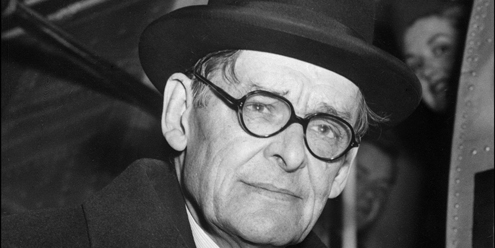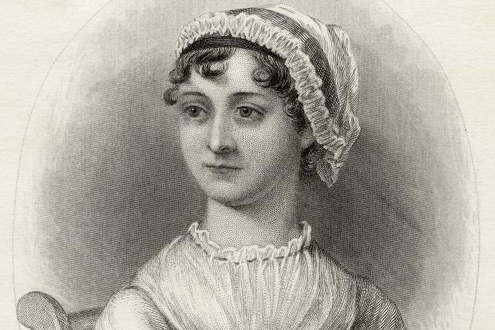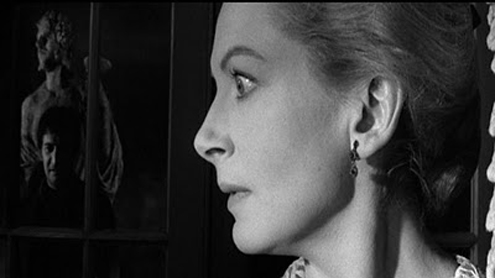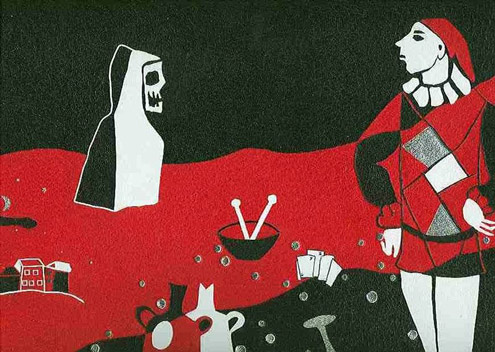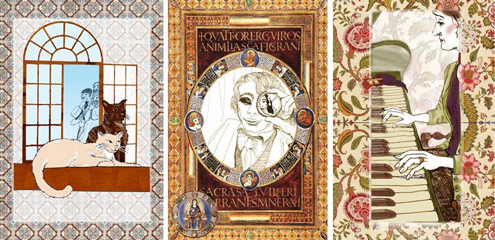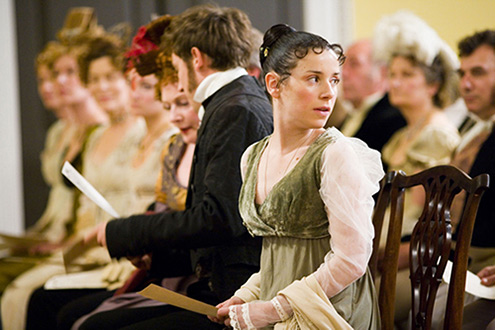Edusites English Literature A Level provision is updating...
Sweet Bird of Youth
The play was completed and first staged on Broadway in 1959. Its origins lay earlier in the fifties in two separate short plays: ‘Chance and the Princess’, a two-hander written by Williams for his close friend, the former silent movie star Tallulah Bankhead: and a second very different piece ‘The Pink Bedroom’ which was the basis for Act Two of the finished product. Williams’ working title was ‘The Enemy of Time’ which indicates his own view of the central theme.
Sweet Bird by Tennessee Williams
A Streetcar Named Desire
Here Chris Barcock Chief Examiner was very keen to develop resources exploring the most common mistakes he sees in A Level scripts. In conjunction with detailed guides these thorough resources help your students not to fall into common pitfalls. The common mistakes waste time in an exam and offer very few if any marks and cause examiners to bang their heads against the nearest wall.
A comprehensive set of resources on ‘A Streetcar Named Desire’ can be found here
All my Sons
Joe Keller, an engineer of working class background, finally admits to conspiring with his partner, Steve Deever to supplying cracked and lethal cylinder heads to the US Army Air Force. He has previously allowed Steve to take the blame and the prison sentence for this crime which directly resulted in the deaths of 21 pilots. 'So Joe told him.... on the phone he told (Steve) to weld, to cover up the cracks in any way he could and ship them out.' His wife, Kate, conspires in this guilty secret because she cannot believe that their elder son, Larry, was one of the 21 and fervently but wrongly convinces herself he is alive and will return home.
‘All my Sons’ by Arthur Miller
Narrative Analysis

Although analysing a text at the level of narrative is a direct requirement of some English Literature courses it is an analytical technique that can be quite generally applied across many texts – even non-fictional and media texts. Narrative is a central aspect of imaginative fiction such as short-stories, the novel and many poems but it also crops up in very many everyday texts. Despite this, it remains a less than easy idea to grasp and can easily prove a challenge to even the brightest students. This guide examines narrative in ways that will allow students to put what they learn to analytical use uncovering the kind of subtle details that will lead to the highest marks.
A Level English Literature | Guide to Narrative Analysis
TS Eliot Selected Poems
A Level English Literature Guide to T S Eliot’s Poem The Waste Land
A Level English Guide to T. S. Eliot: Introduction and Guide to Four Early Poems
Northanger Abbey
The Awakening
Kate Chopin, born as Catherine O’Flaherty, wrote The Awakening in 1899. Within her context, her story was not generally well received by critics who called it ‘morbid, vulgar and disagreeable’. In her short tale she deals with the themes of female independence and sexuality as well as unhappy marriages and, to a modern reader, developed ideas ahead of her time.
The Turn of the Screw
The Pardoner's Tale
Twelfth Night
With a particular focus on Twelfth Night as a comedy this teaching guide aims to provide plenty of exemplification, through the close textual analysis of the text, looking at aspects of language, form and structure as well as context, genre and comparison.
The following teaching guide assumes that you have studied a plot summary and given your pupils a secure context for the detailed study of language, structure and form in these scenes.
The Bloody Chamber
John Donne Selected Poems

Restoration Comedy
A Level Teacher’s Guide to Restoration Comedy
Persuasion
Persuasion is a fascinating and accessible novel with rather less typical Austen aspects, such as love lost and rediscovered, that provide students with an interesting and fascinating read; it provides also, if they are more widely read, an interesting counterpoint to her other, perhaps more famous, works. A feature of this teaching guide is to provide plenty of exemplification, through the close textual analysis of Persuasion, looking at aspects of language, form and structure as well as context, genre and comparison. Each section of the guide will give an overview of each part of the novel, with some exemplification of textual analysis for some parts in order to allow you to assist your students with studying and describing the effects of language, structure and form in the context of the novel.
A Level English Literature Guide to Jane Austen’s Novel Persuasion
Hamlet
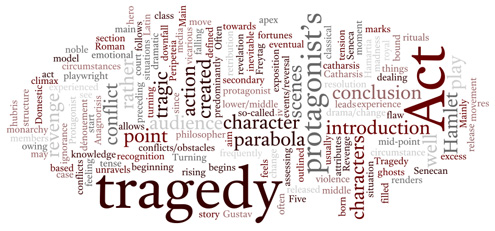
Hamlet is usually regarded as the finest of Shakespeare’s tragedies, and one of the greatest tragedies ever written; however, it is frequently defined as ‘tragedy’ with little or no reference to tragic tropes, either Greek, Renaissance or later theories of tragedy, or with insufficient consideration of other useful theoretical approaches.
The aim of this teaching guide is to trace Shakespeare’s development of his eponymous hero through the play looking at aspects of language, form and structure as well as genre, narrative and some theories of tragedy.
A Level English Literature Guide to Shakespeare's Hamlet
A Raisin in the Sun
'In a sense we've come to our nation's Capital to cash a check. When the architects of our republic wrote the magnificent words of the Constitution and the Declaration of Independence, they were signing a promissory note to which every American was to fall heir. This note was a promise that all men, yes, black men as well as white men, would be guaranteed the unalienable rights of life, liberty, and the pursuit of happiness.
The Great Gatsby
The Great Gatsby - Ten Common Misconceptions
The Kite Runner
Whether you were born before, on, or after September 11th 2001; whether you were in New York, Kabul or neither; and whether you are an atheist, agnostic or religious believer you cannot fail but be familiar with the images of the destruction of the World Trade Centre on that day.
This brilliant novel is not an account of that day and nor does it purport to be. Nonetheless it explains the fanaticism and murderous monomania that lay behind it better than any textbook or non fiction account could possibly do. That is because throughout the novel the writer, Khaled Hosseini makes us both see and feel the consequences of the decline and fall of civilisation in Afghanistan from 1963 to 2002.



